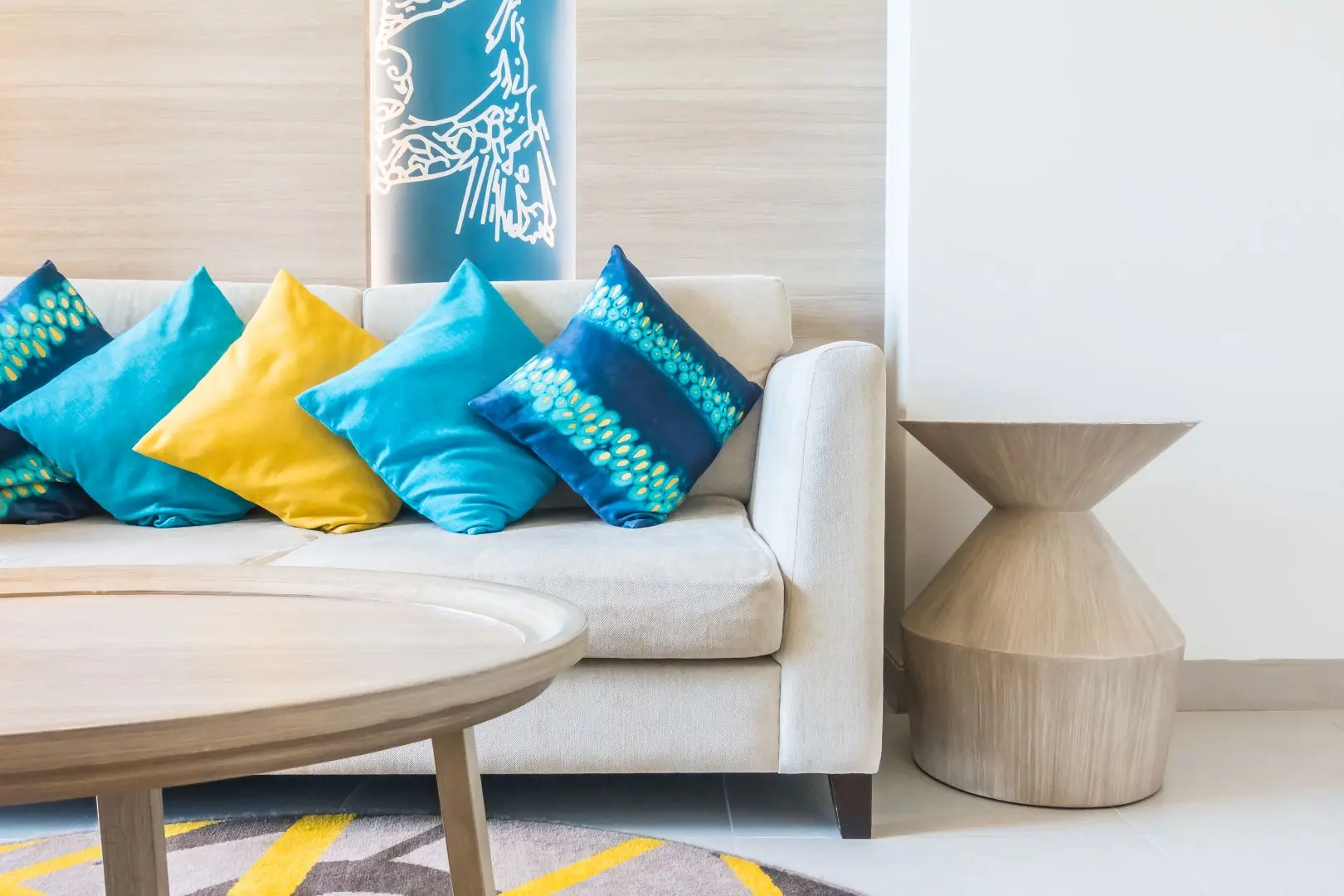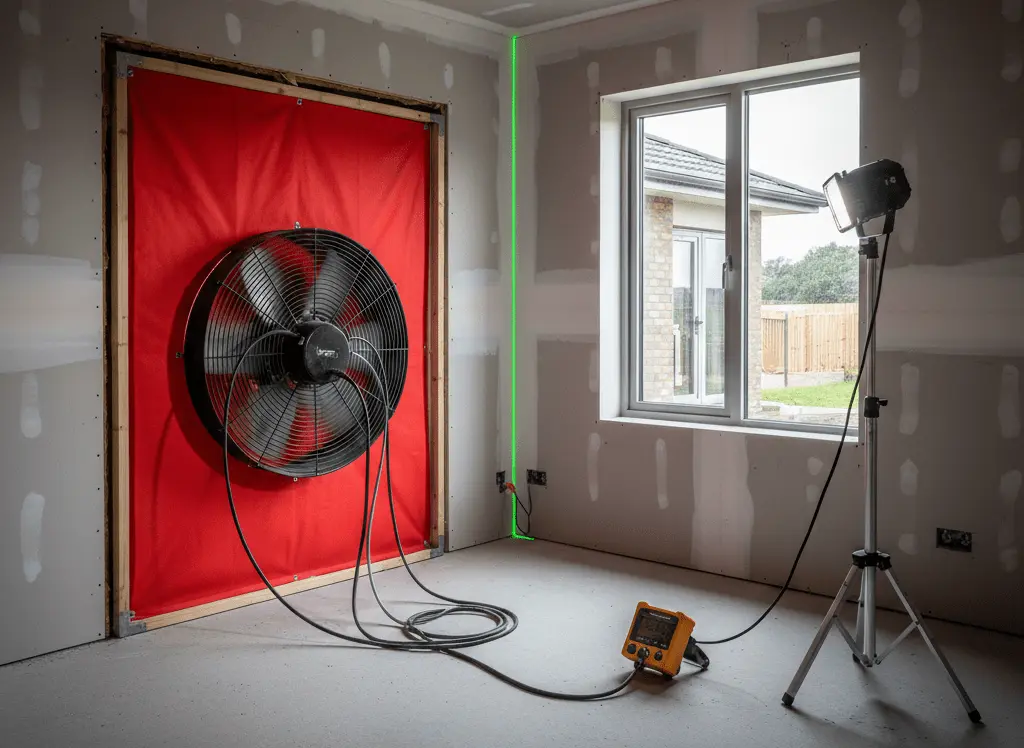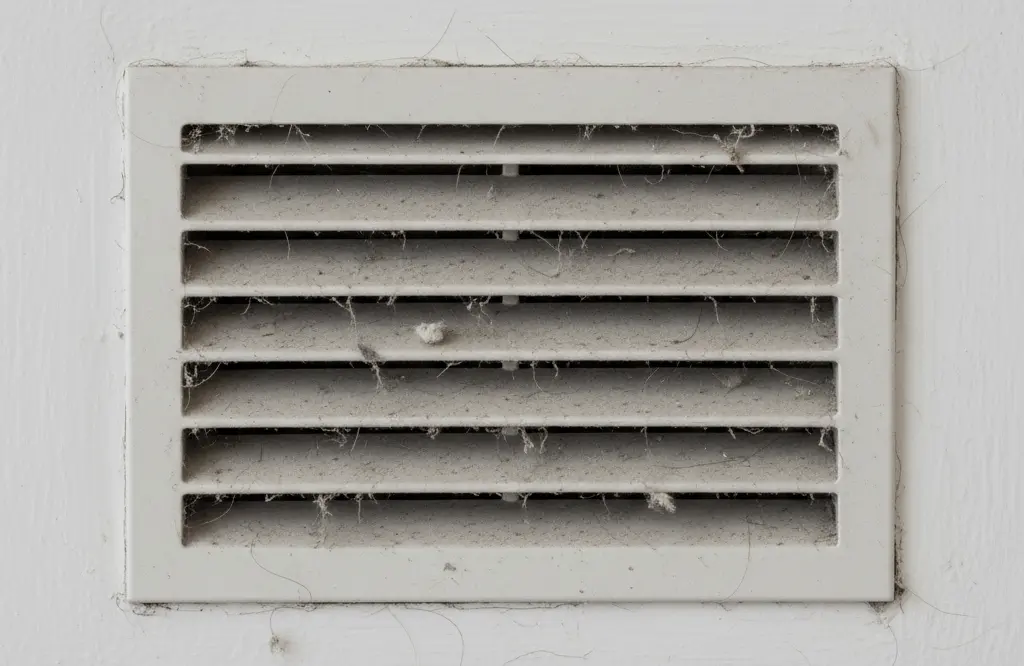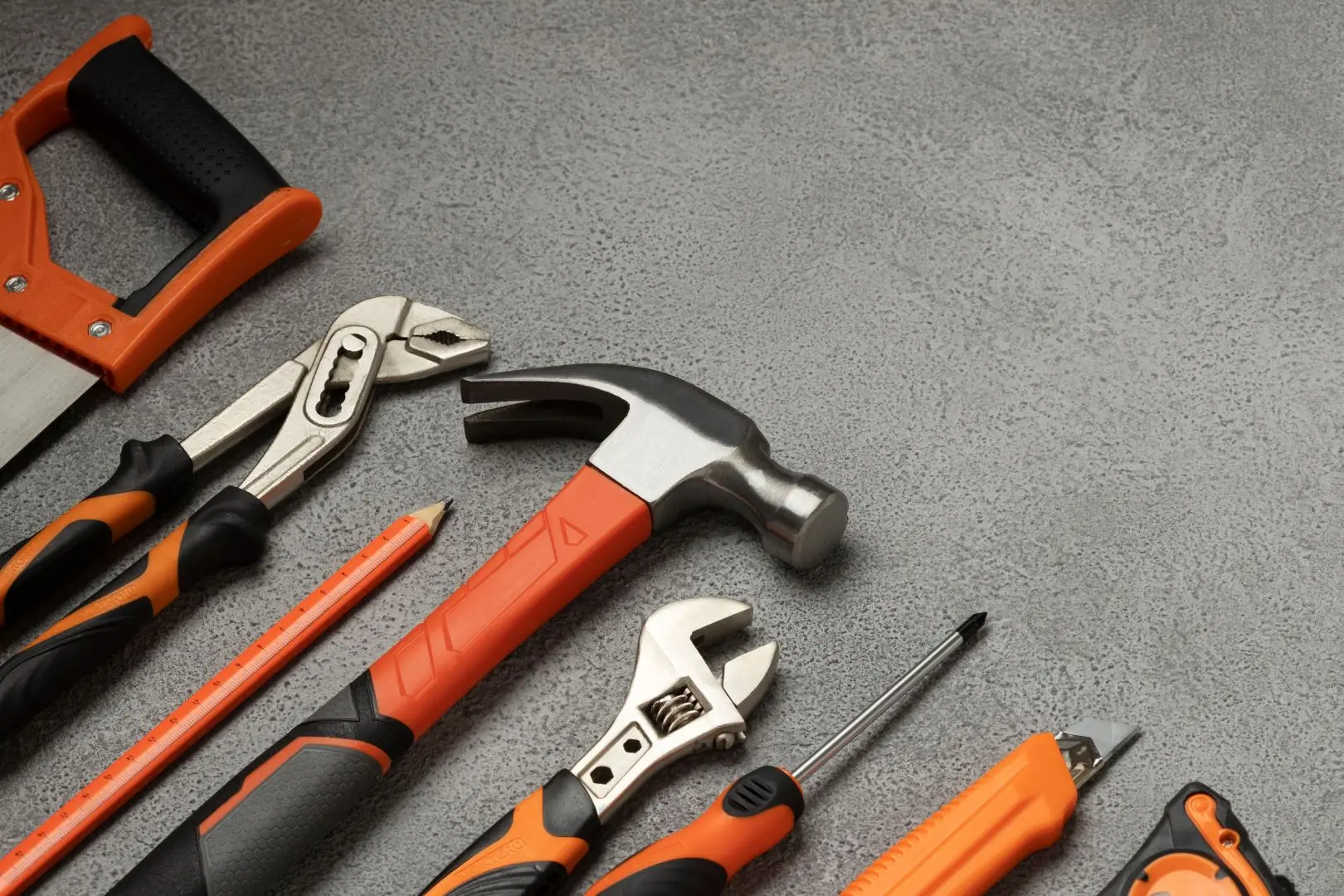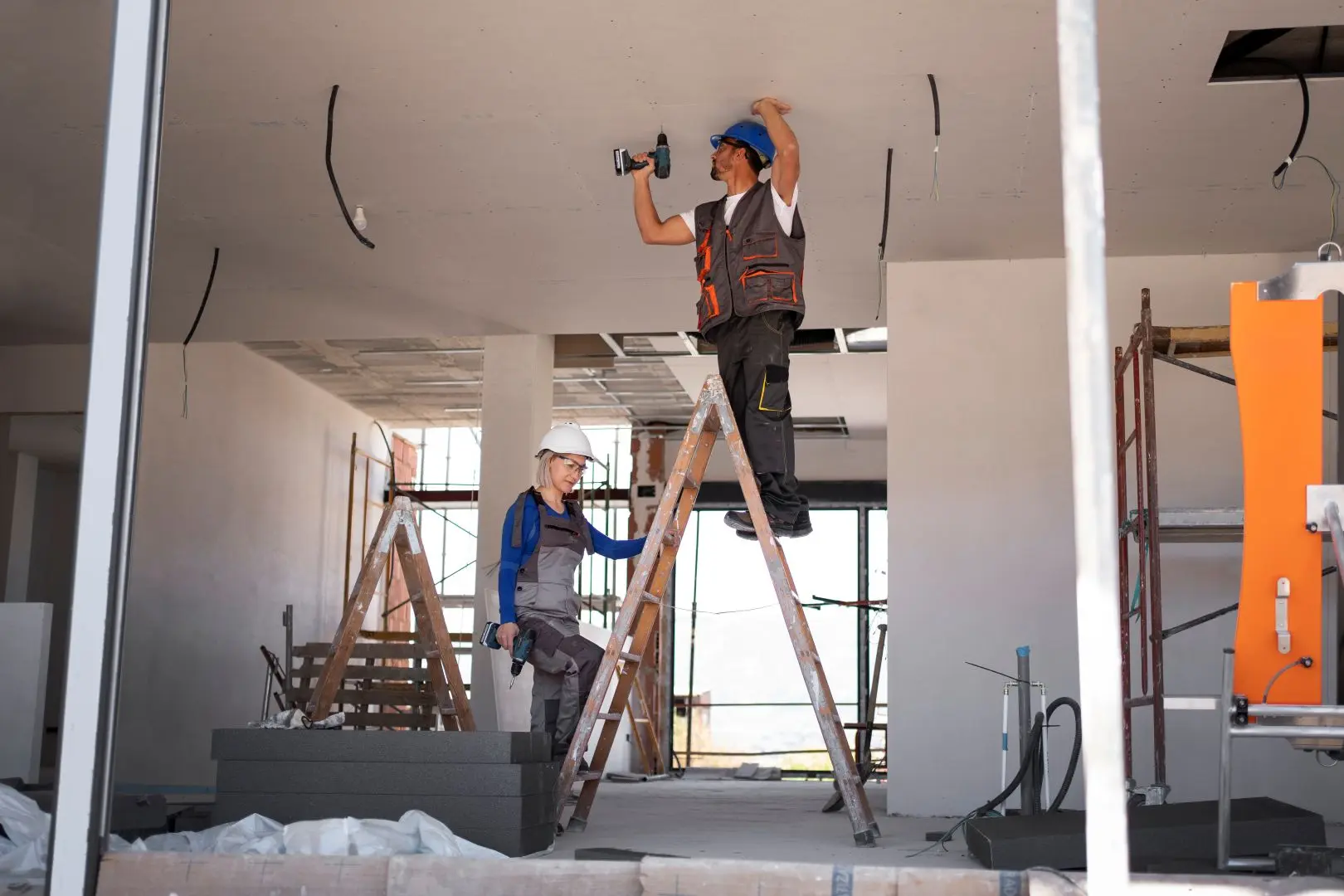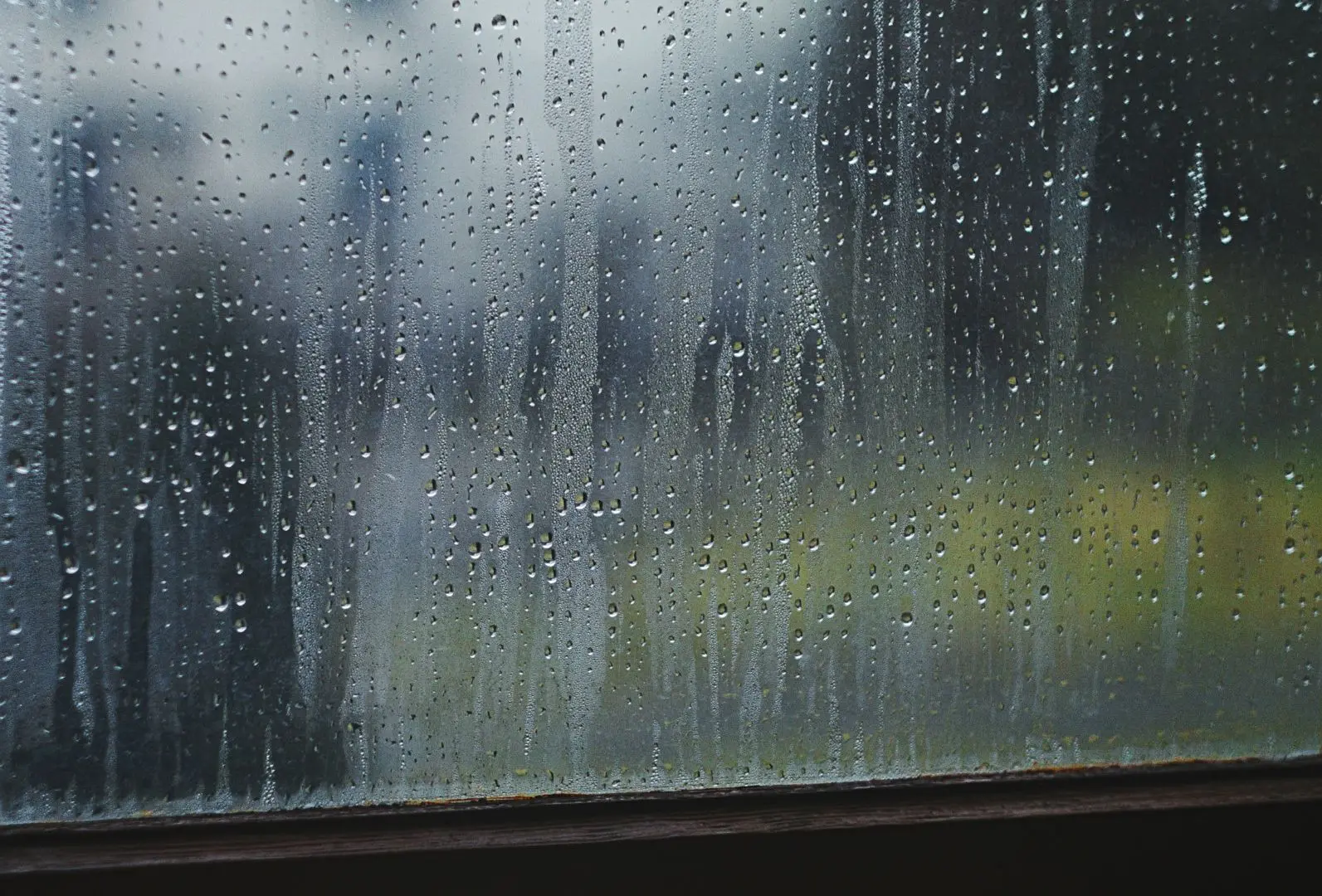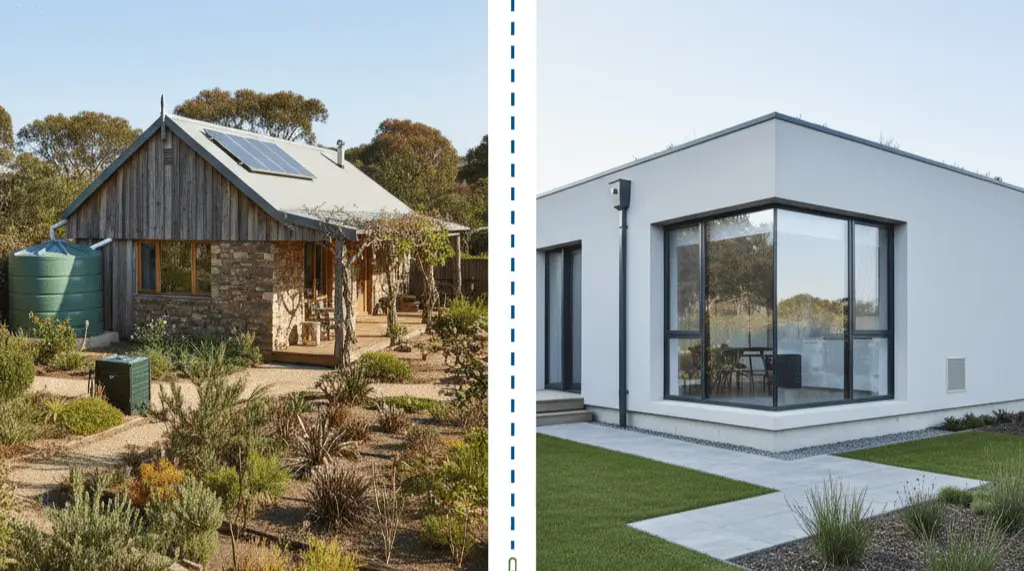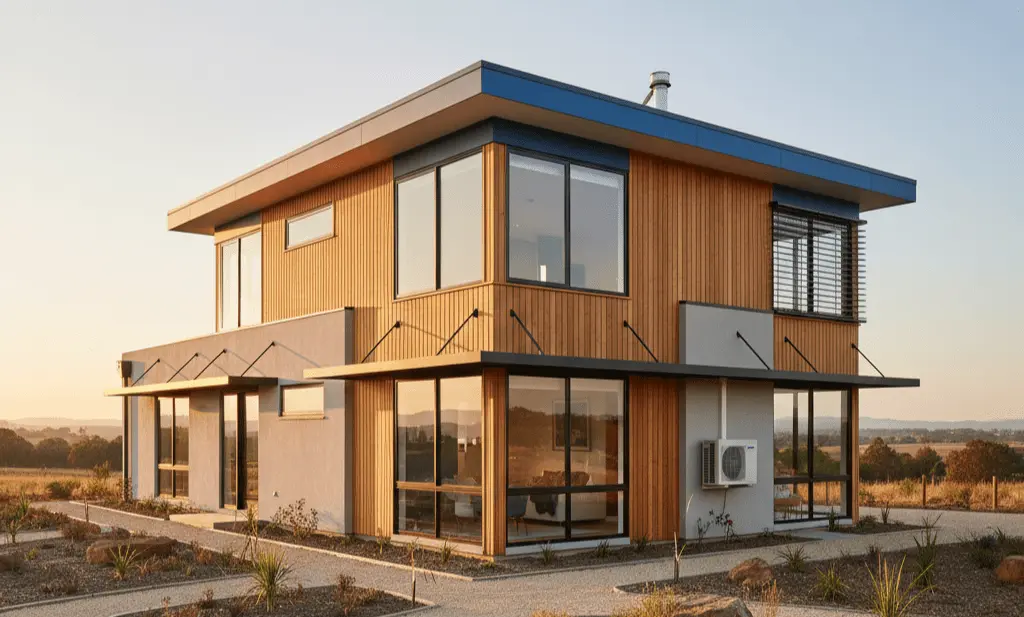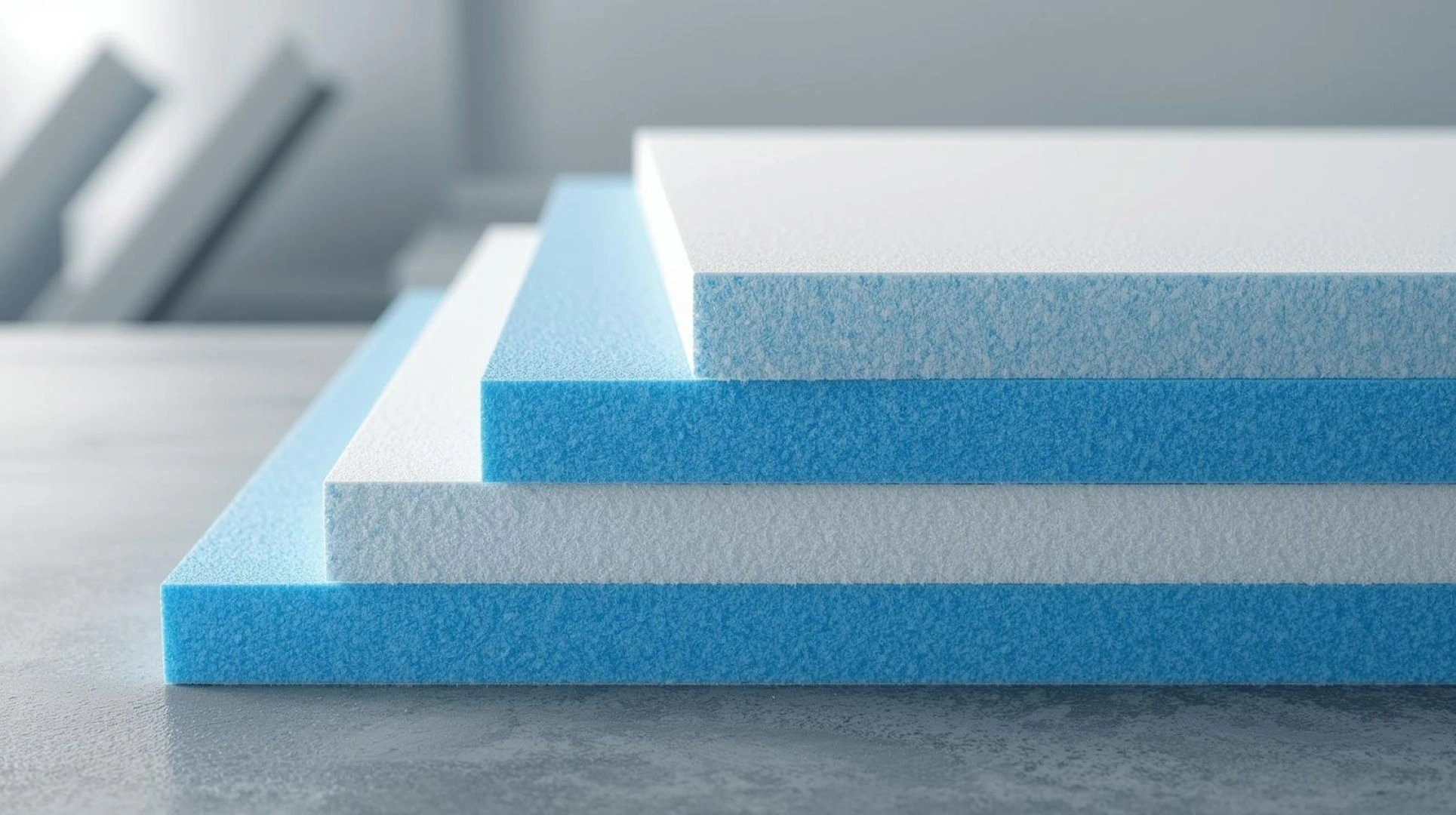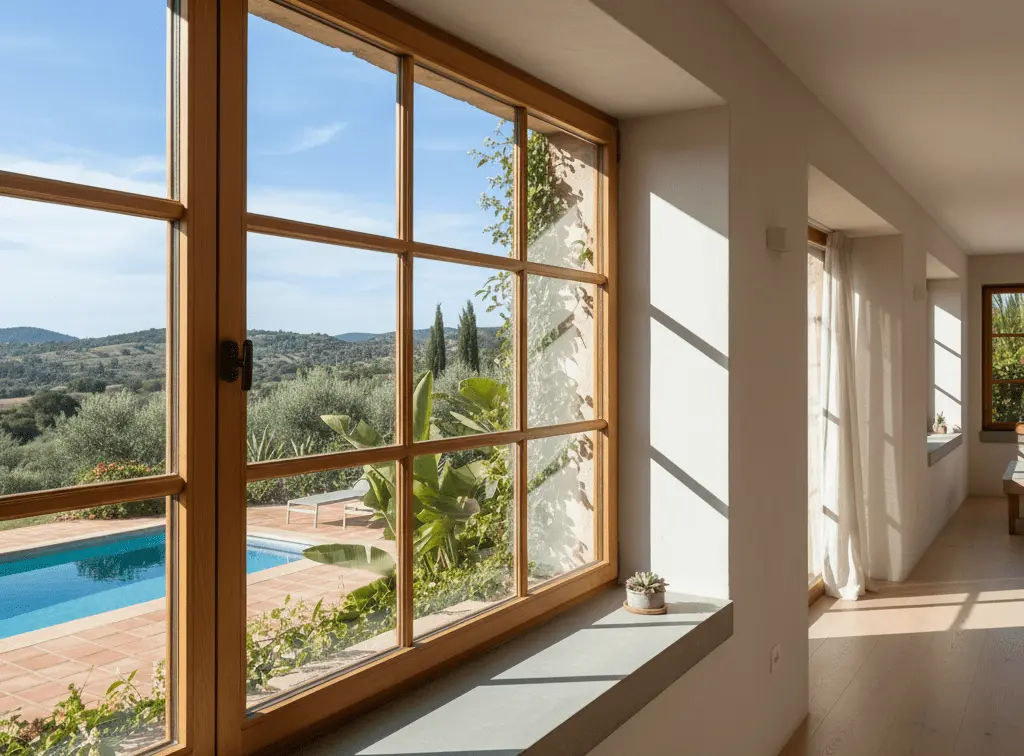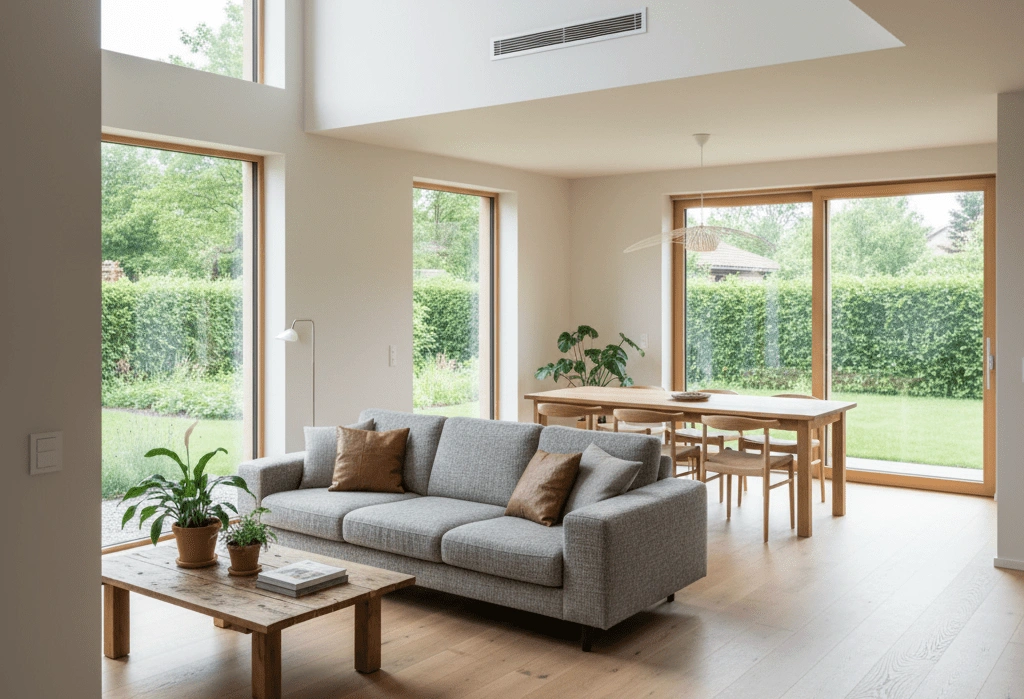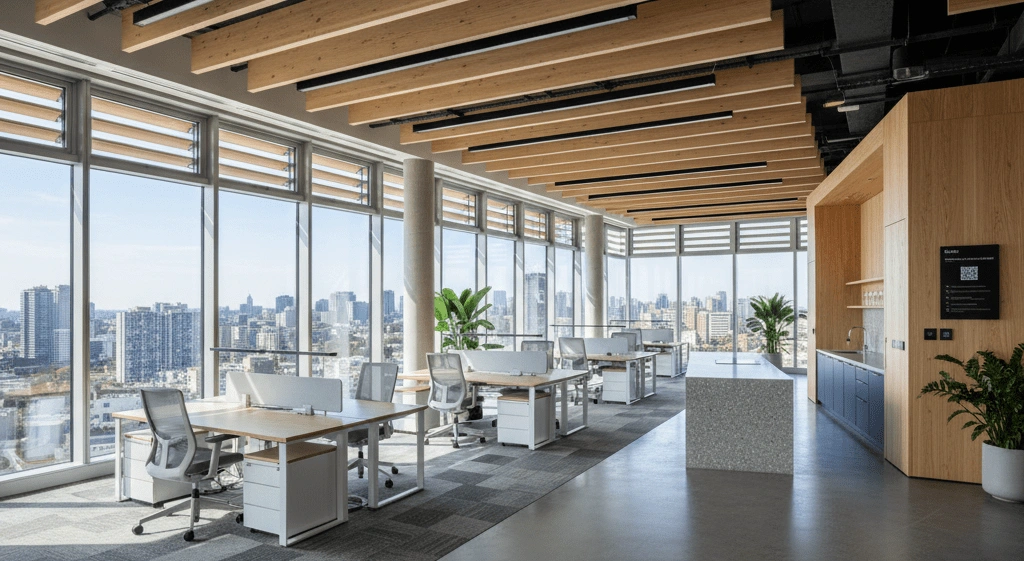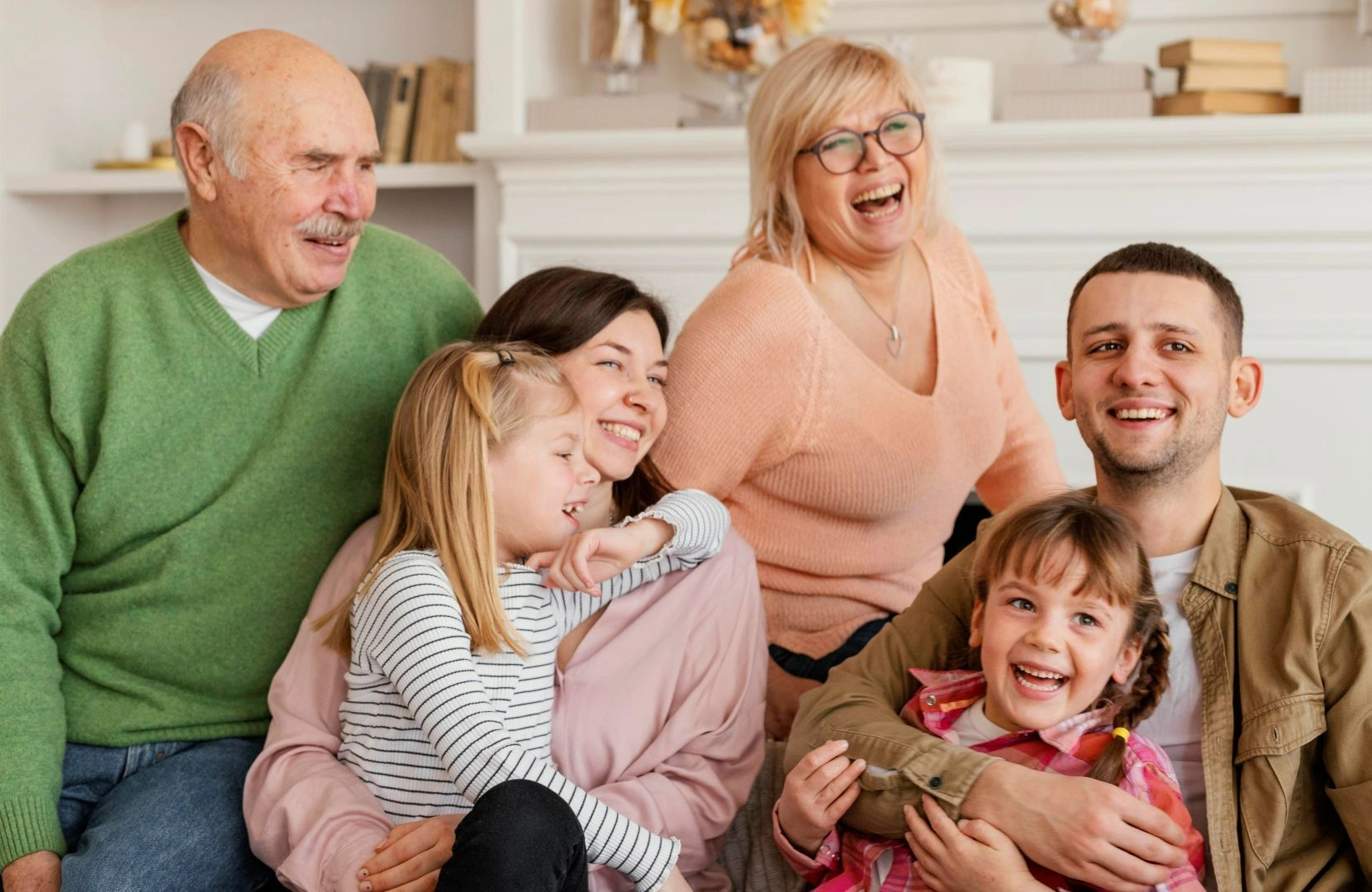The role of passive houses in sustainable living


Sustainable living is about reducing your impact on the environment while maintaining a good quality of life. That includes everything from how you travel and what you eat to the type of home you live in. One of the biggest ways to lower your personal carbon footprint is to rethink how your home is built and how it uses energy. This is where passive houses come in.
Passive houses are designed to use minimal energy while keeping the home comfortable all year round. They’re a smart example of how thoughtful building design can support a more sustainable lifestyle, cutting energy use, reducing emissions and improving indoor health.
What is a passive house?
A passive house is a building that uses very little energy for heating or cooling. It relies on clever design and construction techniques rather than mechanical systems to maintain a comfortable indoor temperature year-round. The term “passive” comes from the idea that the house does most of the work on its own, without constant intervention or active energy use.
Passive house design is based on five key principles:
- High levels of insulation
- Airtight construction
- High-performance windows
- Ventilation with heat recovery
- Minimal thermal bridges (areas where heat escapes easily)
Together, these features help reduce the need for artificial heating or cooling and make the home more comfortable and consistent in temperature.
How passive houses support sustainable living
Passive house design supports sustainable living in several important ways.
1. Lower energy consumption
Buildings are one of the biggest sources of carbon emissions. In Australia, residential buildings account for around 24% of overall energy use, according to the Department of Climate Change, Energy, the Environment and Water.
By designing a passive house, you can cut this significantly. A well-designed passive house in Australia can use up to 90% less energy for heating and cooling compared to a standard home.
This has both environmental and financial benefits. Lower energy use means lower bills. It also means fewer emissions being released into the atmosphere. For families looking to make a long-term investment in sustainable living, passive house designs offer a reliable way to reduce their impact.
2. Smaller carbon footprint
Heating and cooling account for a large part of the average home’s emissions. Passive building design helps to lower your carbon footprint by improving the energy performance of your home. Over time, this has a real environmental impact, especially when more homes adopt these principles. Passive houses also work well with renewable energy systems, like rooftop solar, which can make your home even more sustainable.
3. Healthier living environments
Sustainable living isn’t just about the planet – it’s about people too. Passive house designs include continuous ventilation systems that bring in fresh air and filter out dust, moisture and pollutants. This leads to cleaner indoor air and a more stable indoor climate, which is especially beneficial for people with allergies or asthma. A passive design house doesn’t suffer from damp, mould or stuffy air – all of which are common in poorly ventilated buildings.
4. Long-term durability and resilience
A well-built passive house is made to last. With higher construction standards and better building materials, passive houses tend to be more durable and require less maintenance over time. This fits well with the idea of sustainable living – building things to last rather than replacing or repairing them often. They also stay more comfortable during power outages or extreme weather events, which is becoming more important in a changing climate.
Passive house design in the Australian climate
Interest in passive house Australia projects has grown over the past decade, as more people look for practical ways to live more sustainably. While many early examples were in cooler parts of the world, passive house design is now being adapted to suit Australia’s varied climates.
Designing a passive house in Australia requires careful consideration of local conditions. In Melbourne or Hobart, it might mean capturing winter sun to warm the home. In Brisbane or Darwin, it means focusing on shading and ventilation to keep the heat out. Passive house designs can work well in all these settings, but they need to be tailored by professionals who understand both the climate and the building science.
Getting started with passive design
You don’t need to build from scratch to embrace passive building design. Many energy-efficient home builders now offer passive house features in new builds or renovations. Even adding more insulation, improving glazing or rethinking ventilation can make a difference.
If you’re planning a new home, it’s worth speaking to builders or architects with experience in passive house design. Ask about how they approach orientation, thermal performance and ventilation. The earlier you factor these things in, the easier and more cost-effective it is to achieve a truly energy-efficient result.
Passive houses as part of a sustainable lifestyle
Living in a passive house doesn’t just lower your bills – it aligns with the broader values of sustainable living. It means using less energy, relying more on natural resources, producing fewer emissions and enjoying a healthier, more resilient home. It also means thinking long-term – about how your home will perform in 10, 20 or 50 years.
Passive houses offer a way forward for individuals and families who want to reduce their environmental impact without sacrificing comfort or quality. They show that sustainability is about designing smarter from the start and not about giving up comfort or savings.
If you’re serious about living sustainably, your home is a good place to start. And with more skilled energy-efficient home builders and designers working across Australia, designing a passive house is more achievable than ever.
